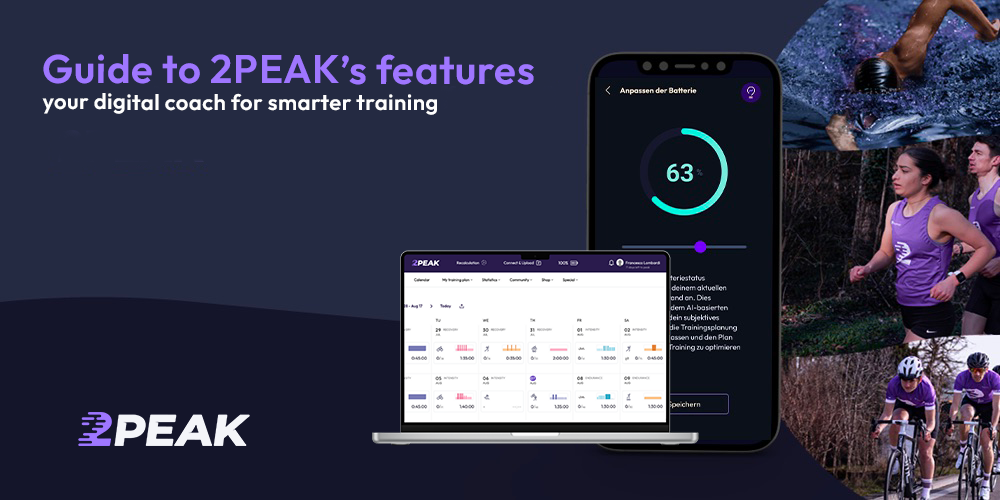2PEAK is much more than just a training plan. It is an intelligent platform that adapts to you, your goals and your lifestyle. Whether you want to prepare for a race, improve your fitness or simply make your sessions more effective, 2PEAK gives you sophisticated, personalised tools to help you progress step by step.
2PEAK – Guides and Explanations









